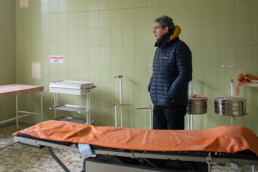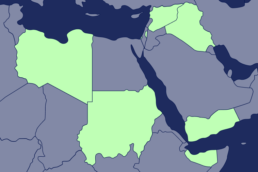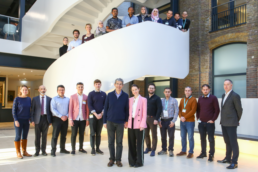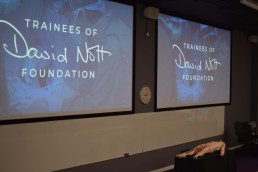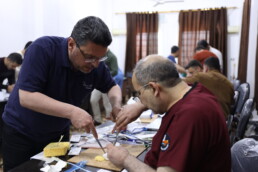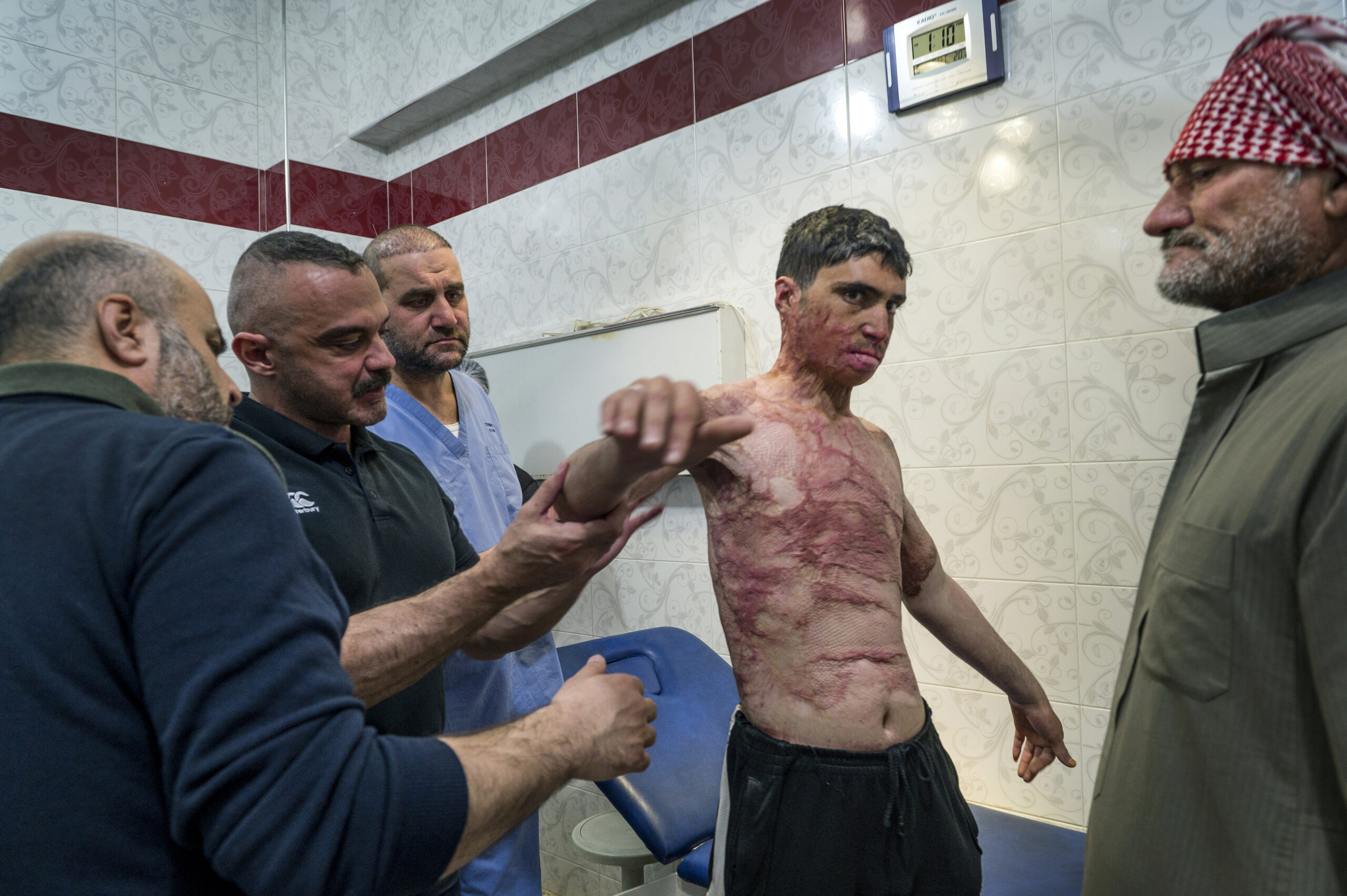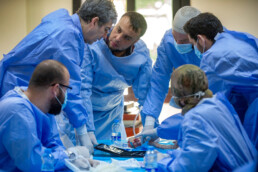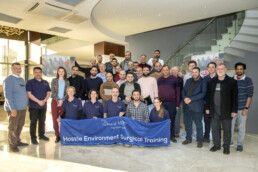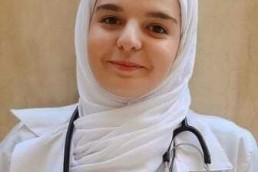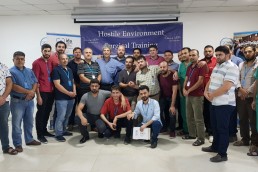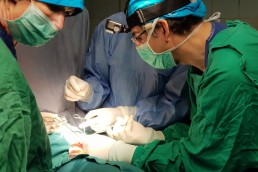Share this story
Read more
41 Syrian doctors upskilled to screen and treat women with cervical cancer
Dr Saladin Sawan, Consultant Surgeon in Gynaecological Oncology and…
Training Syrian doctors treating earthquake victims
We are joining forces with Action for Humanity (AfH) to train Syrian…
Earthquake causes widespread devastation in Turkey and Syria
We are appalled by the devastating earthquake which struck northwest…
From underground hospitals in Syria to training in Gaziantep
For the first time, we delivered two surgical training courses over a…
War Doctor Heroes: Meet Dr Marah
Dr Marah, a medical student from Homs, Syria knows that no matter how…
War Doctor Heroes: Meet Dr Ayman
Meet Dr Mohammed Ayman, a Syrian vascular surgeon and our latest War…
Syria HEST July 2019
The team has recently returned from their latest mission to Syria.…
Mission to Lebanon
In early March 2019, we ran a surgical mission to Lebanon with Syria…
